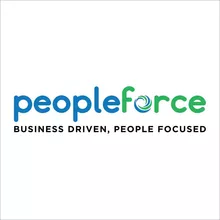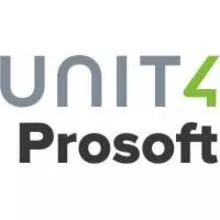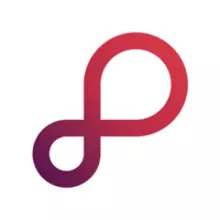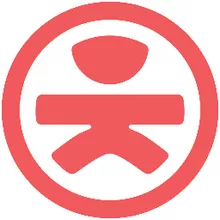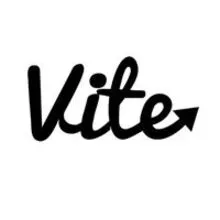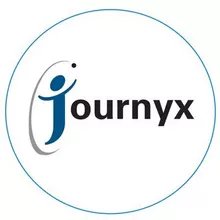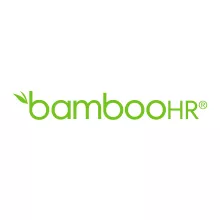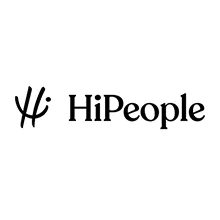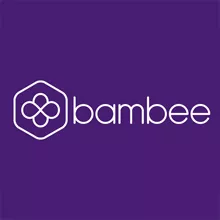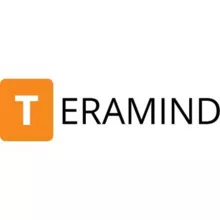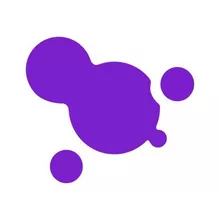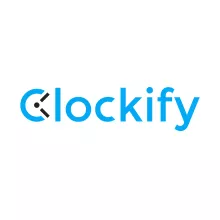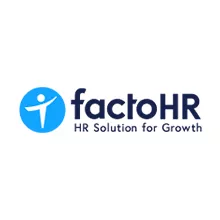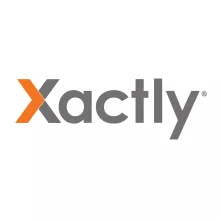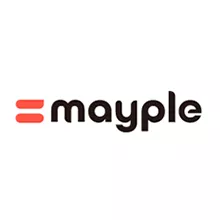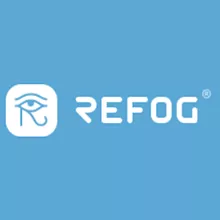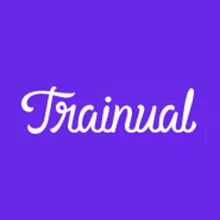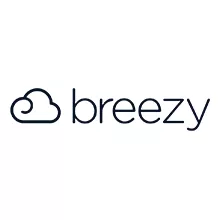Employee engagement and motivation platform
Talent Management Software: An overview
Human resource management includes talent management. The term refers to an organization's required human capital requirements.
This procedure entails a series of tasks that can be divided into five categories:
- Planning: Developing a workforce plan by identifying the positions that need to be filled and developing key roles and job descriptions in response.
- Attracting: Using traditional and digital media to recruit candidates for various positions.
- Selecting: After conducting written tests and interviews, hire the best candidate.
- HR Development: Developing appropriate skills for positions through orientation programs, ongoing training, counselling, and coaching, among other things.
- Retaining: Creating incentives to keep employees on board.
A talent manager must concentrate on a variety of tasks, such as developing employee-friendly policies and establishing the region's best workplace. The manager must concentrate on the employees' roles and develop a succession plan.
Strategic workforce planning includes talent management activities. A talent manager must visualize the organization's needs and design a process that produces the most productive workforce possible.
In a nutshell, talent management is the process of maximizing the value of human resources in the workplace. Companies can achieve above-average performance goals thanks to this process.
Read this article to learn more about Talent Management Software.
Features of a Talent Management Software
Some of the most common features of talent management software are as follows:
- Management of performance: Organize, evaluate, and manage the performance of your employees. Managers can use this capability to identify top performers, provide timely feedback, and evaluate performance goals and accomplishments over a set period.
- Onboarding: Make the new hire onboarding process easier by centralizing crucial introductory information. Orientation, documentation, and training are all paper-based processes that can be automated.
- Setting objectives: Set measurable goals and objectives for the company, as well as the various teams and employees. Concrete goals can be tracked and reviewed over time, allowing organizations to understand better how they are performing in multiple categories.
- Management of compensation: Organize and track payroll, bonuses, and benefits to ensure that employees are compensated fairly and competitively.
- Analytics and Reporting: View and track key metrics that support your talent's day-to-day work and long-term career advancement. Organizations can use talent analytics to make strategic workforce decisions that improve employee retention and identify factors that lead to resignations.
- Planning for the future: Create a pool of talented workers ready to step in and fill open positions when other employees leave or retire. To ensure smooth transitions, develop these top performers through training and work experience.
- Plans for personal development: Identify employee development goals by facilitating collaboration between employees and managers. Employee development is essential because it helps companies reduce turnover and boost productivity.
What is Talent Management's Purpose?
The goal of talent management is to find the right person for the job. The purpose of the activity is to identify various challenges in employee management.
Attracting the best talent for the organization is the goal of talent management. The goal of talent management is to provide employees with opportunities to advance in their careers. Some of the other objectives of a talent management process are listed below.
- Ensure employee motivation and engagement.
- Keeping top talent on board.
- The best business results.
- Customer satisfaction as a result of excellent customer service.


